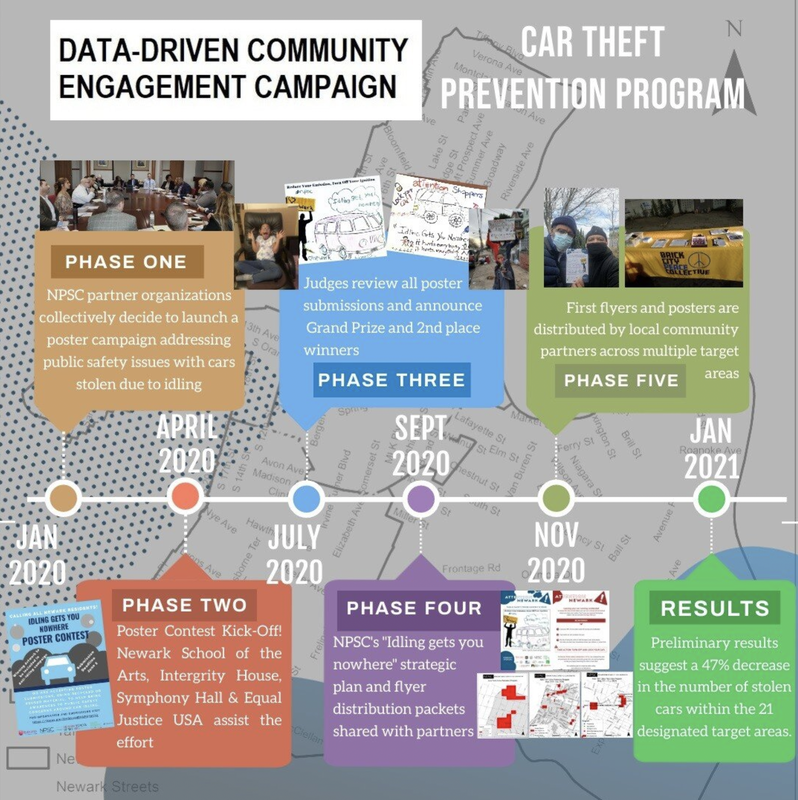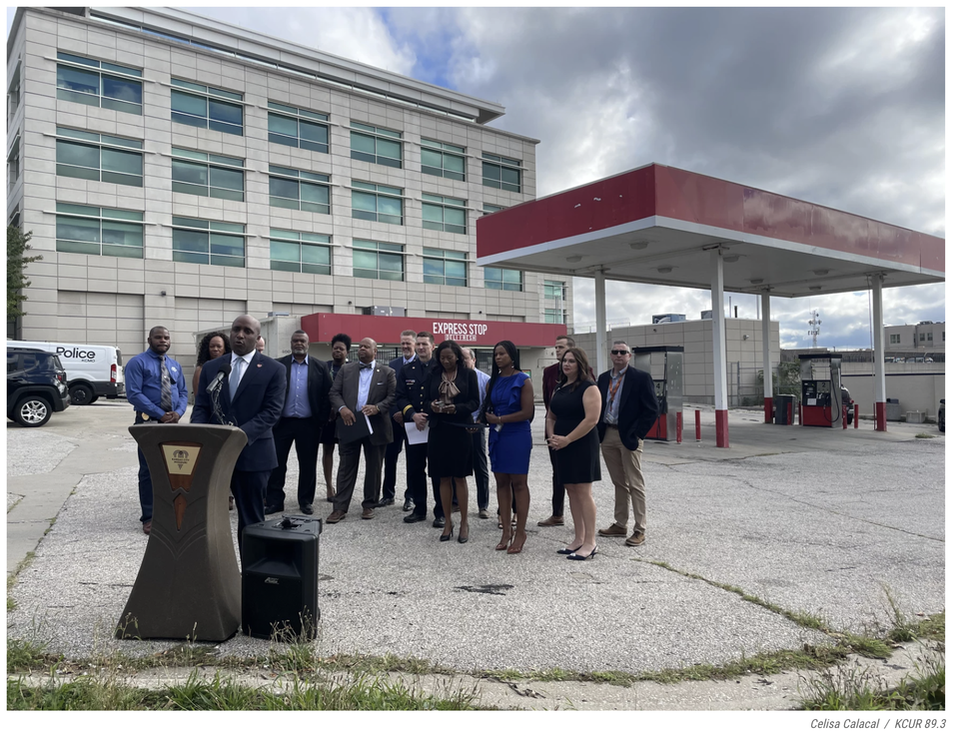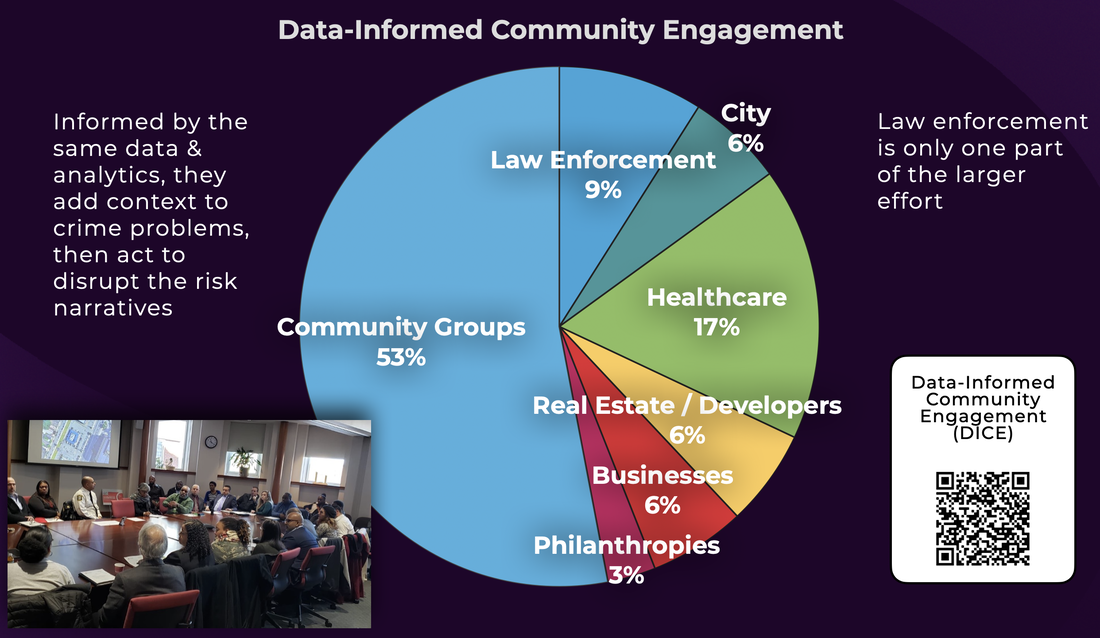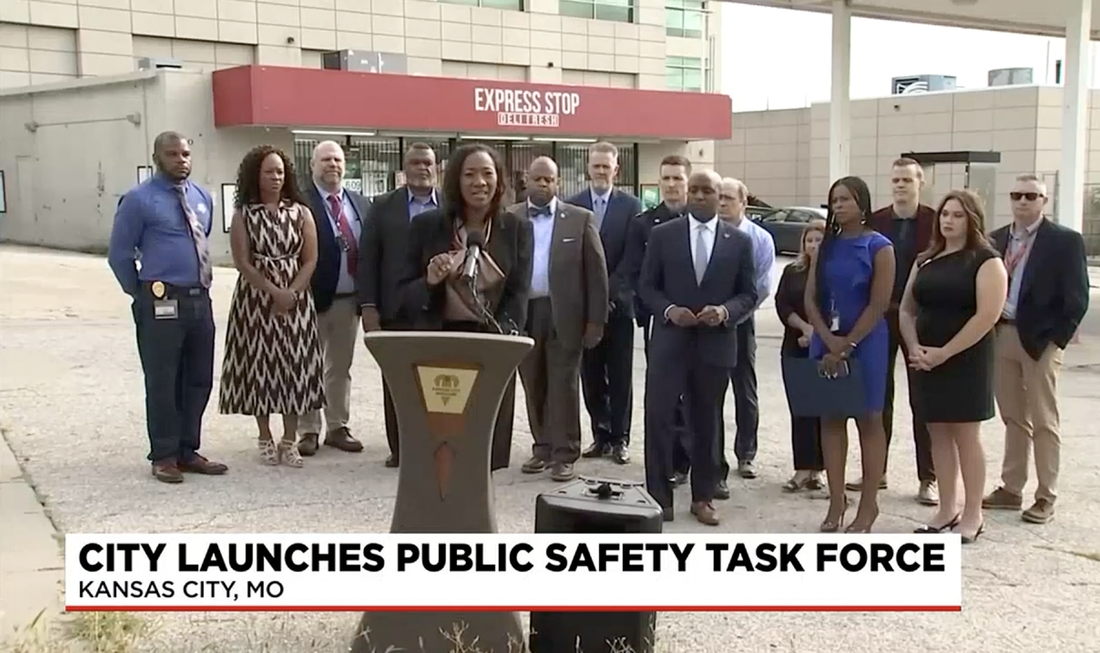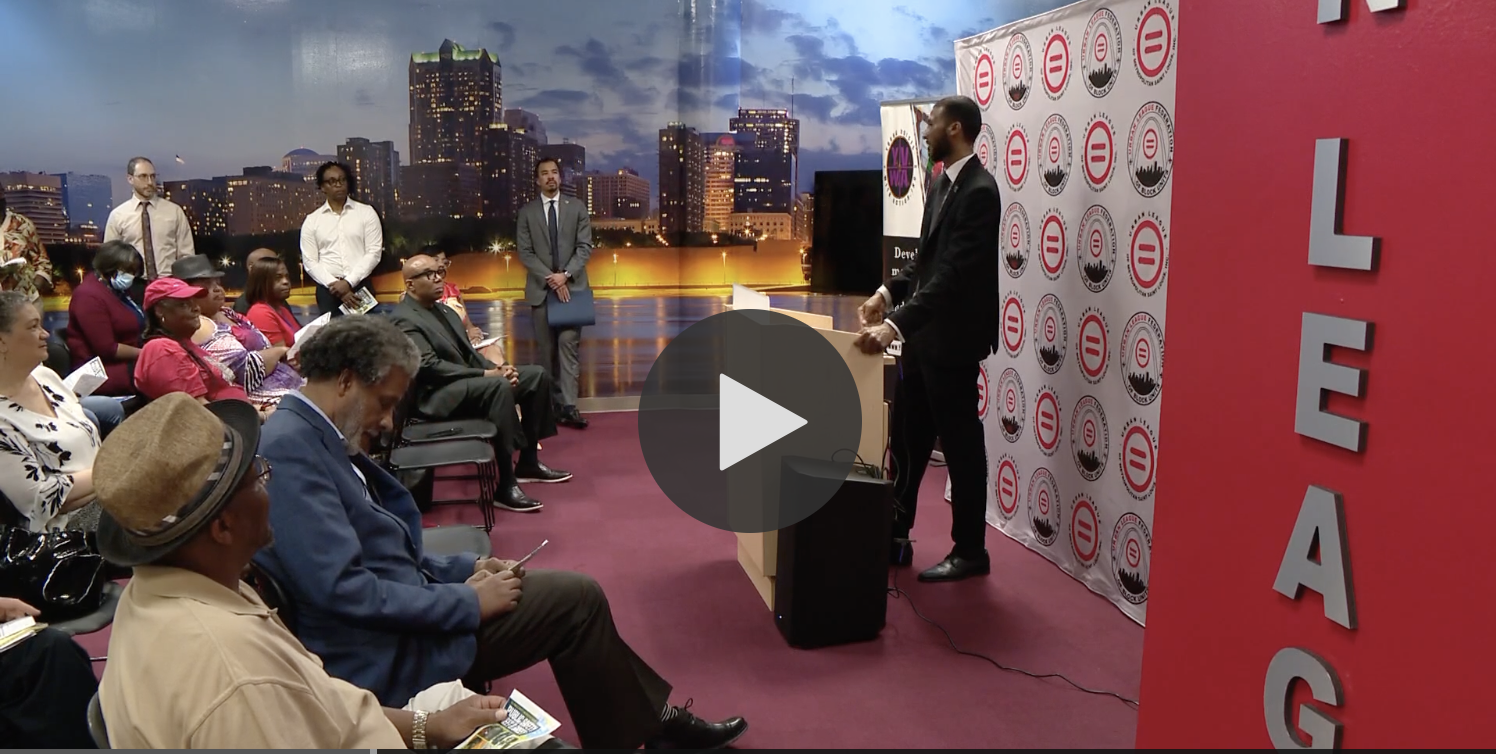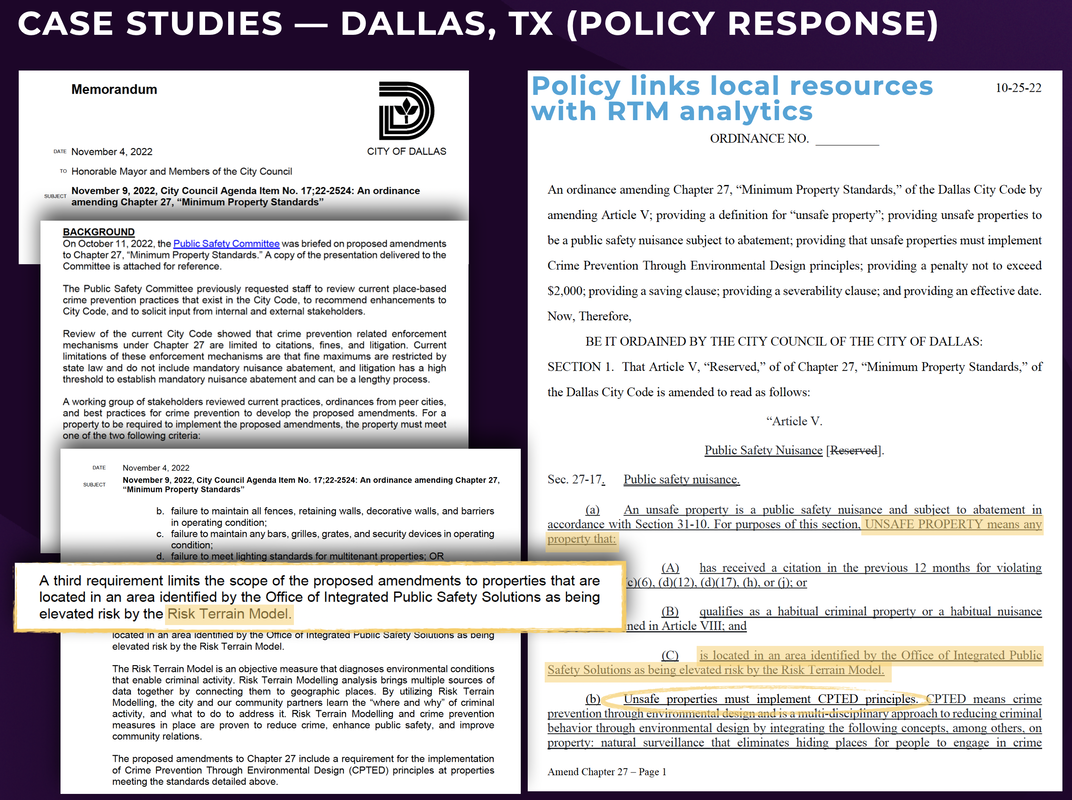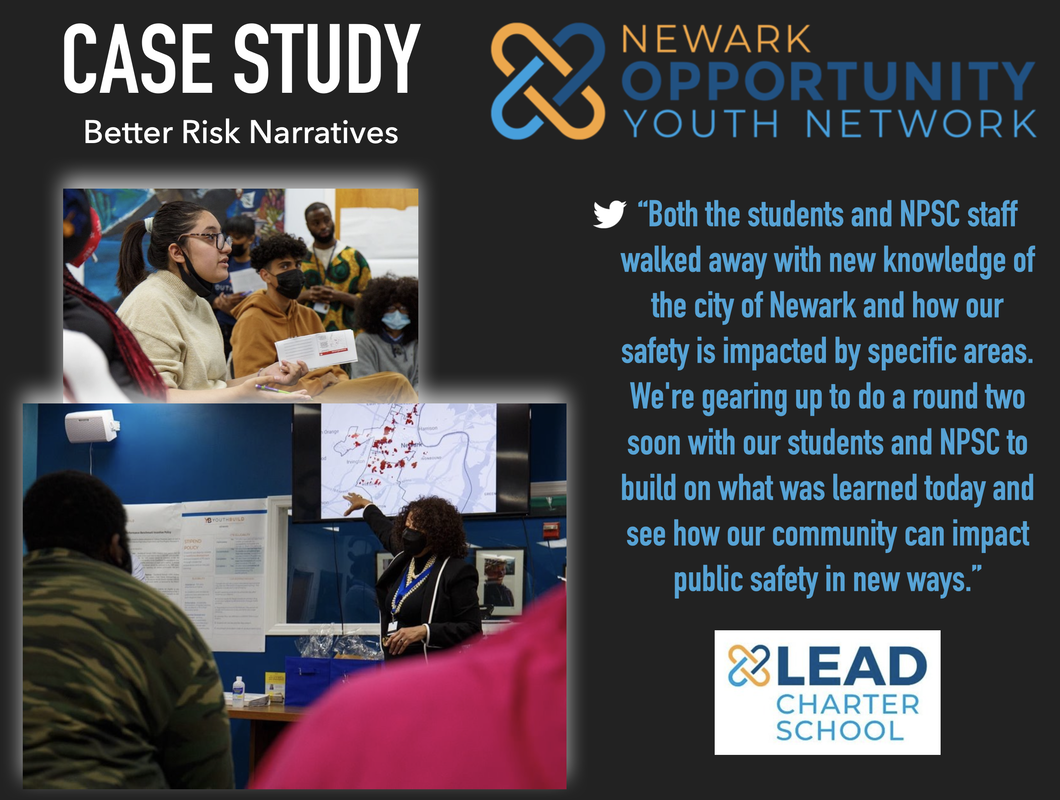Resources.
Help yourself to the many resources and referrals below.
Software.
Risk Terrain Modeling (RTM) software is a key feature of the DICE™ Program. It's used to diagnose crime patterns, prioritize places in need, and inform decision-making for problem-solving. Schedule a demo or request your discounted subscription as a DICEforPublicSafety.org member at Simsi.com/contact. Exclusively partnered with Rutgers University, Simsi is committed to empowering your vision for better public safety.
The DICE™ Mentorship Program includes software and support to get your local jurisdiction up-and-running quickly with DICE™ via the Public Safety Collaborative (PSC) model.
The DICE™ Mentorship Program includes software and support to get your local jurisdiction up-and-running quickly with DICE™ via the Public Safety Collaborative (PSC) model.
Case Studies.
|
>>> Learn How the Auto Theft Crime Reduction Program worked in Newark
>>> Kansas City, MO Mayor Quinton Lucas announces the Multidisciplinary Public Safety Task Force on Aug. 15, 2023. Read How it brings together law enforcement and city staff to identify problem businesses in an effort to reduce violence (via KCUR 89.3)
|
>>> Learn How Big Data Turned an Empty South Dallas Lot Into a Vibrant Plaza
>>> See How Risk Terrain Modeling (RTM) empowers a diverse group of local stakeholders to do what they do best at the places needing them most.
>>> See More of how the St. Louis Public Safety Collaborative creates community-led initiatives to reduce both crime and harm in high-risk micro-settings in the city.
|
Videos.
|
Tackling and preventing crime in the communities most impacted by it, that’s what the DA’s office is doing with a new community initiative called "NO DICE."
(below) District Attorneys credits NO DICE for helping drive down crime in communities [Part 1]
(below) 'NO DICE' changing how leaders respond to most violent communities to prevent crime [Part 2]
|
Reports & Documentation.
OpEd in The Washington Post | Read
Book Chapter with a case study | Read
Report | Reimagining Public Safety in the City of St. Louis | via Center for Policing Equity | Read
Report | Redesigning Public Safety in the City of St. Louis: A Progress Report | via Center for Policing Equity | Read
Book Chapter with a case study | Read
Report | Reimagining Public Safety in the City of St. Louis | via Center for Policing Equity | Read
Report | Redesigning Public Safety in the City of St. Louis: A Progress Report | via Center for Policing Equity | Read
Slides & Infographics.
FAQs.
Q: Are there examples of how DICE™ informed or changed the behaviors/practices of police?
A: Yes.
EXAMPLE 1: A member of the Newark Police Department (NPD) shared the department’s response to the increase in auto theft incidents due to people leaving their cars running unattended. According to a police spokesperson, the NPD had been enforcing the city’s idling laws on all drivers observed leaving their vehicles running unattended. In practice, this meant that potential victims (of auto theft) would be fined for the environmental impact of leaving their cars idling in hopes that these drivers would amend their risky behavior in the future. At the NPSC's community stakeholders' meeting, several community representatives criticized this approach for being excessively punitive and asked the police to reconsider their strategy. Instead, they claimed, a community-led campaign could increase awareness of the risks of car idling. Also, involving the community in this effort would help reduce potential conflicts between police and individuals leaving their cars running unattended.
EXAMPLE 2: Community organizations were unaware that violent crime was concentrated near ATM locations during daytime hours. Upon being presented with this data, a community member spoke up and shared with the group that due to COVID-19 restrictions, banks were closed in his neighborhood. This situation forced people to withdraw cash from ATMs located on the street. Another partner organization explained that the current increase in unemployment could explain why more people are victimized near these locations. Lastly, a police captain asked for additional information regarding the location of these ATMs to better understand whether these risky locations are mostly on the street or within retail (e.g., pharmacies, bodegas, etc.). This conversation quickly led to a discussion between NPSC community partners and the police to develop a collective strategy near this subset of criminogenic locations. Again, this example illustrates how place-based analytics can play a crucial role in generating a collective response that mobilizes community resources and expertise where and when needed.
Q: Has DICE™ changed a police departments behavior toward the use of data and analytics?
A: Yes.
One police department has recently claimed that DICE™ meetings helped them learn what they are doing well and what needs improvement. As noted by a high-ranking member of the department, “these meetings are very different from other community meetings.” This realization comes from the fact that traditional community policing meetings are not data-informed, leading to a conversation filled with opinions over a myriad of problems that can be difficult to address (e.g., social issues, quality of life issues, etc.). DICE™ via the Public Safety Collaborative (PSC) model offers an alternative to traditional community policing practices by engaging community stakeholders in a data-informed discussion of crime problems that sets a common agenda and shared expectations for solutions to these problems.
Q: Can DICE™ complement existing community programs, such as local non-profit organizations?
A: Yes.
The value of DICE™ was highlighted in a recent report by Newark Opportunity Youth Network (NOYN). It stated, “the impact of the NPSC continues to spread throughout Newark, marking the importance and success of data and community-informed public safety projects.” A key aspect of the strategic framework of the NPSC has been the sustainability of the group's efforts, the consistency in delivering analytics and insights, and ensuring that proposed actions are complementary to community organizations’ ongoing programs and activities.
Q: Can DICE™ complement existing city programs? What about priorities of the Mayor or other elected officials?
A: Yes.
As one example, the Newark Public Safety Collaborative (NPSC) plays a key role at the Brick City Peace Collective's (BCPC) monthly meetings by providing community stakeholders access to crime analytics specific to the South and West Wards of Newark. Most recently, bodegas have been identified with Risk Terrain Modeling as posing an increased risk for violent crime. BCPC, in collaboration with Newark Office of Violence Prevention (OVP), launched a campaign in the Fall of 2022 to visit at-risk bodegas (i.e., bodegas spatially associated with past exposure to violent crime victimization) in an effort to unlock the situational contexts that are increasing the risk of victimization near these places. NPSC provides BCPC and OVP social workers direct access to the type of hyper-local data they need to conduct outreach activities across the City of Newark, while also supporting increased collaboration among community organizations participating in their meeting (e.g., the HUBB, Newark School of the Arts, among others).
Q: Can DICE™ empower local youth to become co-producers of public safety?
A: Yes.
The data and analytics that informed the NPSC auto theft campaign were subsequently shared at a meeting with Newark youth attending the Newark Opportunity Youth Network's (NOYN) LEAD Charter School in Newark’s West Ward. NPSC staff discussed the current DICE™ strategy of disseminating flyers in designated areas to increase awareness of the risks of leaving cars running unattended. The response from the students was critical to the evolution of this intervention strategy, which they considered ineffective or sub-optimal modes of communicating with the city’s younger population. In their opinion, flyers are regularly discarded by young people because they are perceived as a marketing instrument. Instead, LEAD students proposed a digital campaign based on the use of social media platforms like TikTok, Instagram, or YouTube as a more effective communication strategy to increase awareness and encourage youth to participate in local public safety programming. As a result, a participating LEAD instructor proposed a competition led by students who will work in groups to develop a social media campaign to increase awareness of the risk of leaving cars running unattended. It will be geared to updating risk narratives, strengthened by the addition of youth perspectives and lived experiences. The NPSC, in collaboration with NOYN, will incorporate the winning social media video in its auto theft prevention campaign throughout the city.
Q: Can DICE™ benefit multiple local social service organizations, with similar missions, at the same time?
A: Yes.
In one example, the Domestic Violence (DV) subcommittee was created by the NPSC to coordinate and engage local service providers in new ways to deliver services to victims/survivors of domestic violence. This initiative was launched during the COVID-19 pandemic as a response to the rapid increase in the number of reported cases of DV in the City of Newark, as well as across the country and abroad. The goal of this campaign is to improve collaboration among nonprofits serving the Newark community (collaboration was lacking due to increased competition for funding), provide training sessions to gain/share knowledge on available local and state resources for victims (most non-profits were unaware of the availability of these services prior to joining NPSC's DV subcommittee), and discuss new strategies to focus resources in areas that need them the most using NPSC's data and analytics. In 2023, the Essex County Prosecutor's Office will take a leading role in organizing a series of training sessions in which DV service providers will gain knowledge on available resources for their organizations to serve victims/survivors better. The next step will encourage the pooling of existing resources and increase collaboration in ways that increase their capacity to serve the Newark community more efficiently.
A: Yes.
EXAMPLE 1: A member of the Newark Police Department (NPD) shared the department’s response to the increase in auto theft incidents due to people leaving their cars running unattended. According to a police spokesperson, the NPD had been enforcing the city’s idling laws on all drivers observed leaving their vehicles running unattended. In practice, this meant that potential victims (of auto theft) would be fined for the environmental impact of leaving their cars idling in hopes that these drivers would amend their risky behavior in the future. At the NPSC's community stakeholders' meeting, several community representatives criticized this approach for being excessively punitive and asked the police to reconsider their strategy. Instead, they claimed, a community-led campaign could increase awareness of the risks of car idling. Also, involving the community in this effort would help reduce potential conflicts between police and individuals leaving their cars running unattended.
EXAMPLE 2: Community organizations were unaware that violent crime was concentrated near ATM locations during daytime hours. Upon being presented with this data, a community member spoke up and shared with the group that due to COVID-19 restrictions, banks were closed in his neighborhood. This situation forced people to withdraw cash from ATMs located on the street. Another partner organization explained that the current increase in unemployment could explain why more people are victimized near these locations. Lastly, a police captain asked for additional information regarding the location of these ATMs to better understand whether these risky locations are mostly on the street or within retail (e.g., pharmacies, bodegas, etc.). This conversation quickly led to a discussion between NPSC community partners and the police to develop a collective strategy near this subset of criminogenic locations. Again, this example illustrates how place-based analytics can play a crucial role in generating a collective response that mobilizes community resources and expertise where and when needed.
Q: Has DICE™ changed a police departments behavior toward the use of data and analytics?
A: Yes.
One police department has recently claimed that DICE™ meetings helped them learn what they are doing well and what needs improvement. As noted by a high-ranking member of the department, “these meetings are very different from other community meetings.” This realization comes from the fact that traditional community policing meetings are not data-informed, leading to a conversation filled with opinions over a myriad of problems that can be difficult to address (e.g., social issues, quality of life issues, etc.). DICE™ via the Public Safety Collaborative (PSC) model offers an alternative to traditional community policing practices by engaging community stakeholders in a data-informed discussion of crime problems that sets a common agenda and shared expectations for solutions to these problems.
Q: Can DICE™ complement existing community programs, such as local non-profit organizations?
A: Yes.
The value of DICE™ was highlighted in a recent report by Newark Opportunity Youth Network (NOYN). It stated, “the impact of the NPSC continues to spread throughout Newark, marking the importance and success of data and community-informed public safety projects.” A key aspect of the strategic framework of the NPSC has been the sustainability of the group's efforts, the consistency in delivering analytics and insights, and ensuring that proposed actions are complementary to community organizations’ ongoing programs and activities.
Q: Can DICE™ complement existing city programs? What about priorities of the Mayor or other elected officials?
A: Yes.
As one example, the Newark Public Safety Collaborative (NPSC) plays a key role at the Brick City Peace Collective's (BCPC) monthly meetings by providing community stakeholders access to crime analytics specific to the South and West Wards of Newark. Most recently, bodegas have been identified with Risk Terrain Modeling as posing an increased risk for violent crime. BCPC, in collaboration with Newark Office of Violence Prevention (OVP), launched a campaign in the Fall of 2022 to visit at-risk bodegas (i.e., bodegas spatially associated with past exposure to violent crime victimization) in an effort to unlock the situational contexts that are increasing the risk of victimization near these places. NPSC provides BCPC and OVP social workers direct access to the type of hyper-local data they need to conduct outreach activities across the City of Newark, while also supporting increased collaboration among community organizations participating in their meeting (e.g., the HUBB, Newark School of the Arts, among others).
Q: Can DICE™ empower local youth to become co-producers of public safety?
A: Yes.
The data and analytics that informed the NPSC auto theft campaign were subsequently shared at a meeting with Newark youth attending the Newark Opportunity Youth Network's (NOYN) LEAD Charter School in Newark’s West Ward. NPSC staff discussed the current DICE™ strategy of disseminating flyers in designated areas to increase awareness of the risks of leaving cars running unattended. The response from the students was critical to the evolution of this intervention strategy, which they considered ineffective or sub-optimal modes of communicating with the city’s younger population. In their opinion, flyers are regularly discarded by young people because they are perceived as a marketing instrument. Instead, LEAD students proposed a digital campaign based on the use of social media platforms like TikTok, Instagram, or YouTube as a more effective communication strategy to increase awareness and encourage youth to participate in local public safety programming. As a result, a participating LEAD instructor proposed a competition led by students who will work in groups to develop a social media campaign to increase awareness of the risk of leaving cars running unattended. It will be geared to updating risk narratives, strengthened by the addition of youth perspectives and lived experiences. The NPSC, in collaboration with NOYN, will incorporate the winning social media video in its auto theft prevention campaign throughout the city.
Q: Can DICE™ benefit multiple local social service organizations, with similar missions, at the same time?
A: Yes.
In one example, the Domestic Violence (DV) subcommittee was created by the NPSC to coordinate and engage local service providers in new ways to deliver services to victims/survivors of domestic violence. This initiative was launched during the COVID-19 pandemic as a response to the rapid increase in the number of reported cases of DV in the City of Newark, as well as across the country and abroad. The goal of this campaign is to improve collaboration among nonprofits serving the Newark community (collaboration was lacking due to increased competition for funding), provide training sessions to gain/share knowledge on available local and state resources for victims (most non-profits were unaware of the availability of these services prior to joining NPSC's DV subcommittee), and discuss new strategies to focus resources in areas that need them the most using NPSC's data and analytics. In 2023, the Essex County Prosecutor's Office will take a leading role in organizing a series of training sessions in which DV service providers will gain knowledge on available resources for their organizations to serve victims/survivors better. The next step will encourage the pooling of existing resources and increase collaboration in ways that increase their capacity to serve the Newark community more efficiently.

